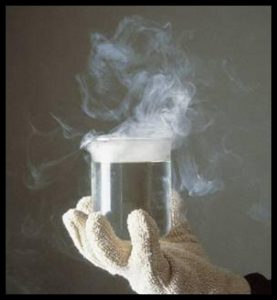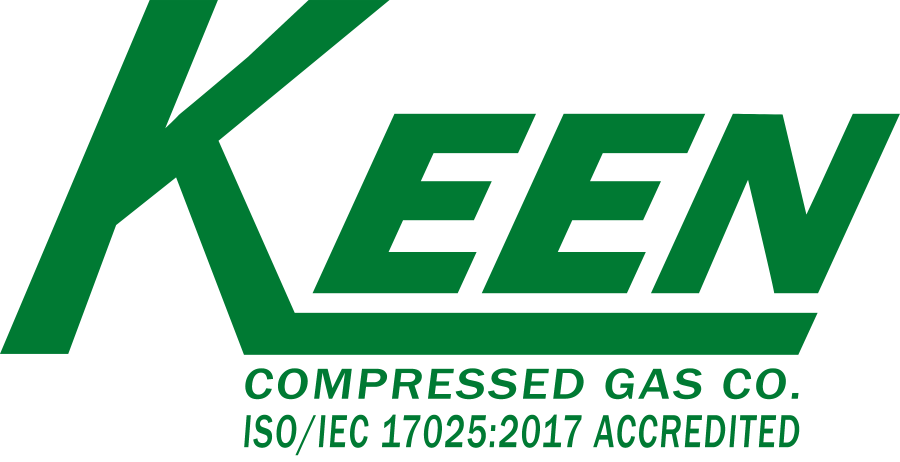Laboratory And Specialty Gas
 Keen Compressed Gas Co. can supply all your laboratory and specialty gas needs. Specialty gases represent gases which are rare or ultra high purity (99.995% and above). Many industries, including analytical, pharmaceutical, electronics and petrochemical benefit from the unique properties of specialty gases that help to improve yields, optimize performance and lower costs. We have a full range of cylinder sizes and purity ranges for both pure and mixed gases available at our fill plant located in Wilmington, Delaware. We offer laboratory and specialty gases in high pressure cylinders, liquid containers, Microbulk, Bulk and other containers. We offer leasing options and rental cylinders. Some sizes can be purchased outright.
Keen Compressed Gas Co. can supply all your laboratory and specialty gas needs. Specialty gases represent gases which are rare or ultra high purity (99.995% and above). Many industries, including analytical, pharmaceutical, electronics and petrochemical benefit from the unique properties of specialty gases that help to improve yields, optimize performance and lower costs. We have a full range of cylinder sizes and purity ranges for both pure and mixed gases available at our fill plant located in Wilmington, Delaware. We offer laboratory and specialty gases in high pressure cylinders, liquid containers, Microbulk, Bulk and other containers. We offer leasing options and rental cylinders. Some sizes can be purchased outright.
Argon can be distributed as a cryogenic liquid or as a gas in cylinders.
Helium is a colorless, odorless and tasteless inert gas which has no toxic properties. A member of the rare gas chemical family, it is 1/7 as heavy as air , and is mainly sourced from natural gas wells. Liquid Helium at -452ºF is the coldest liquefied gas.
Helium has a wide range of uses including cooling superconductive magnets coils in MRI machines, pressurizing rocket rule, creating inert atmospheres for welding and heat treatment, and inflating balloons and even airbags.
Hydrogen is the lightest gas known. It is a colorless, odorless and tasteless gas and is flammable and nontoxic at atmospheric temperatures and pressures. Lighter than air, hydrogen burns with an invisible, clean flame.
Hydrogen is often mixed with argon to create a range of argon/hydrogen shielding gases for TIG and plasma welding. It can also be combined with oxygen for underwater flame cutting. Hydrogen is used in the production of carbon steels, special metals and semiconductors; it powers flames and torches in laboratories in the chemical industry.
Keen guarantees commercial grade product delivered as a liquid meets the commercial CGA specifications. Keen does not normally guarantee commercial grade product delivered as a compressed gas meets the gaseous specification listed because gas purities are affected by normal cylinder filling practices and process procedures which may compromise the integrity of the product.

